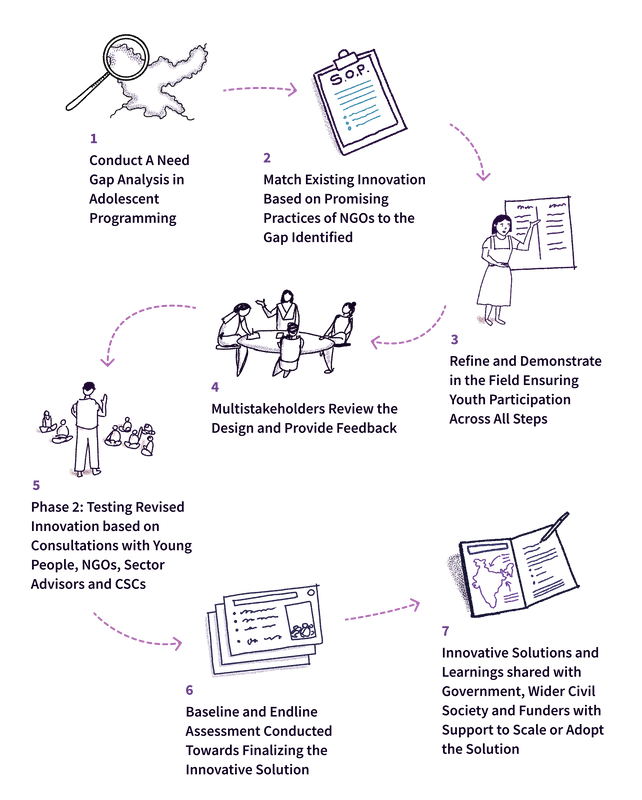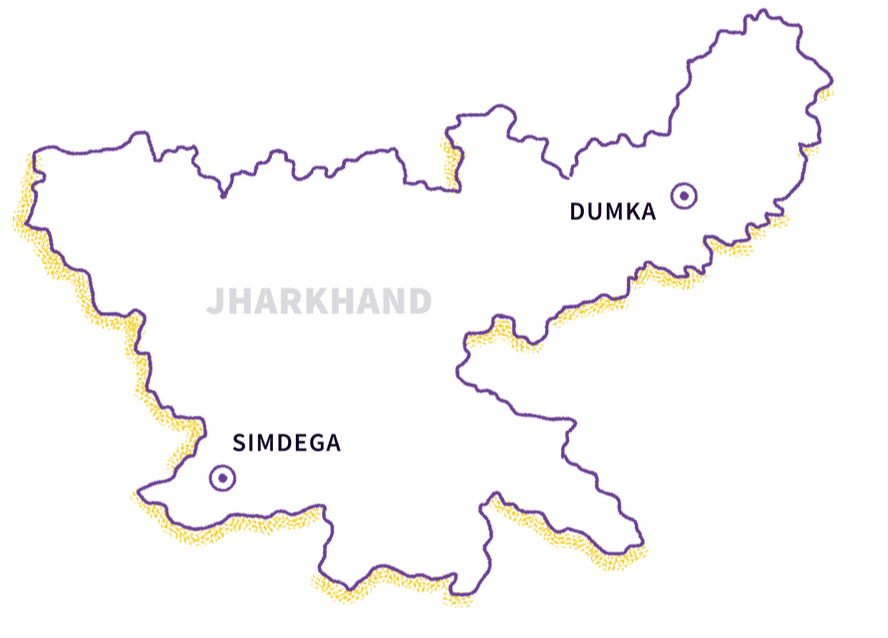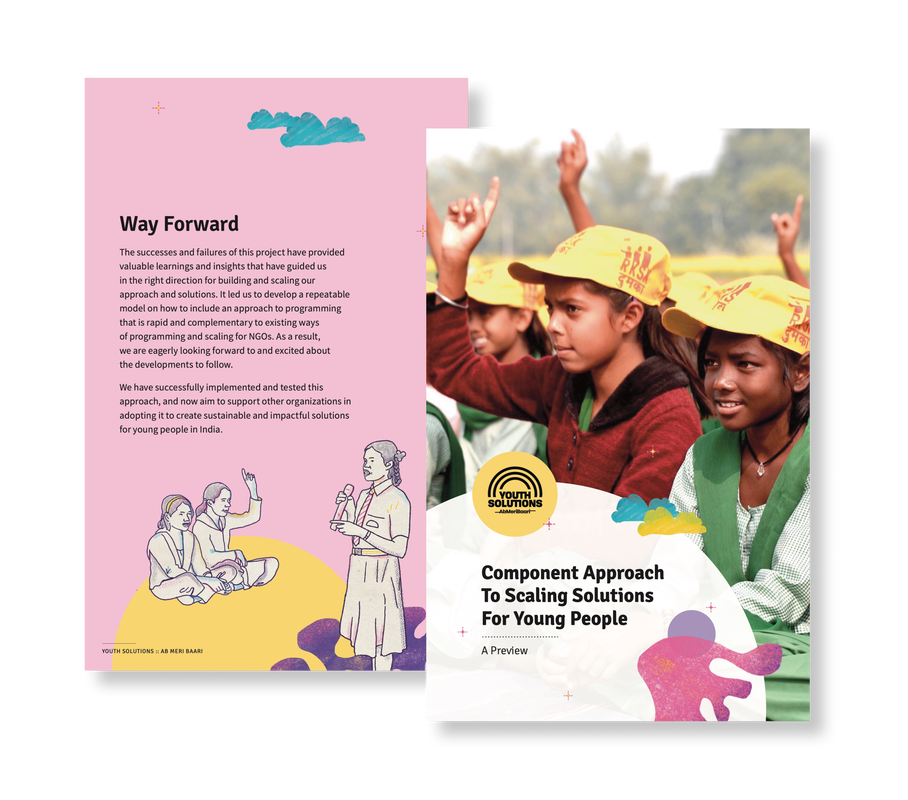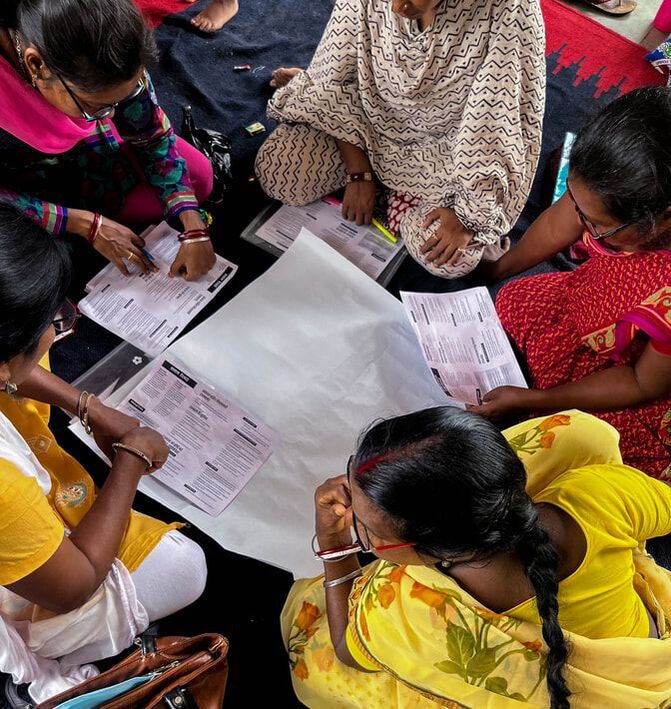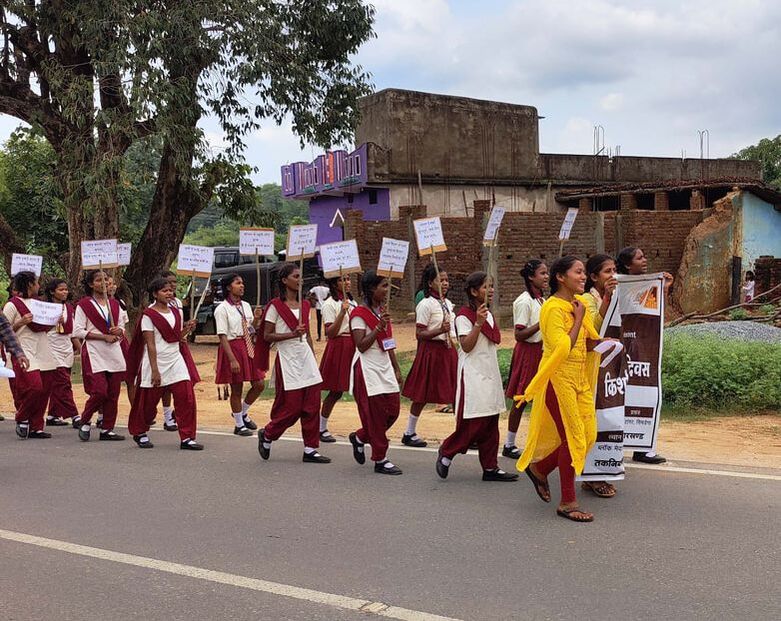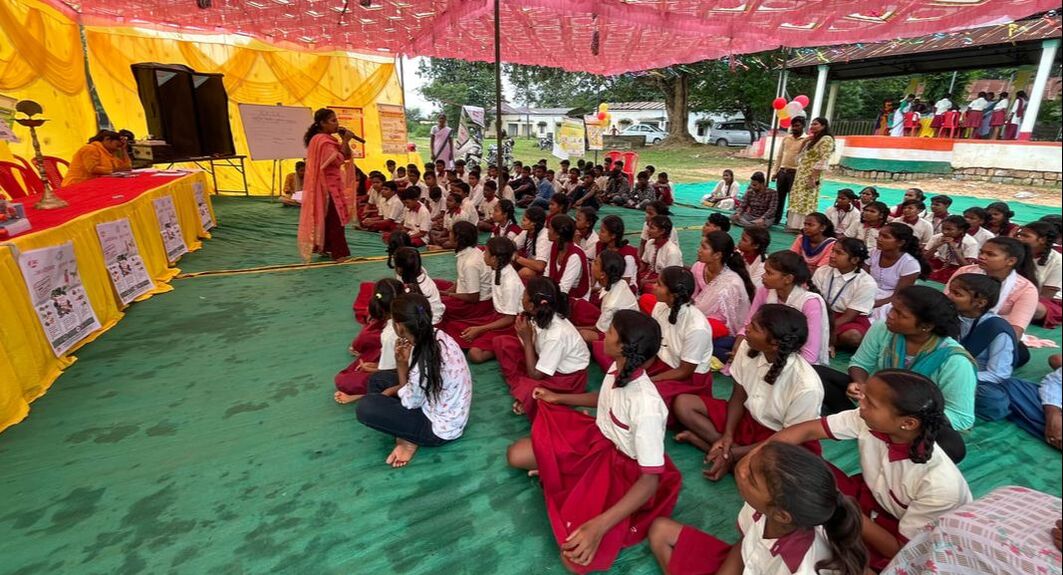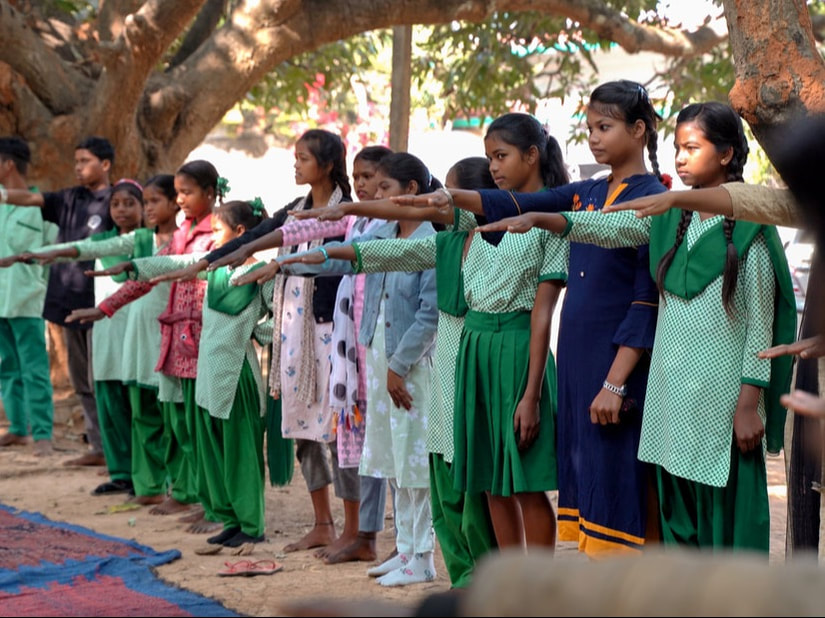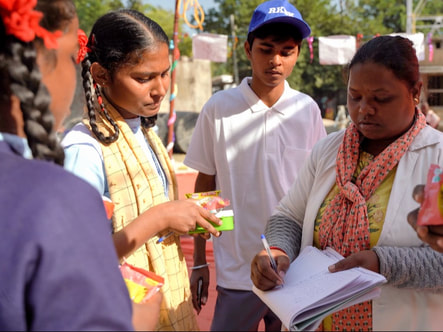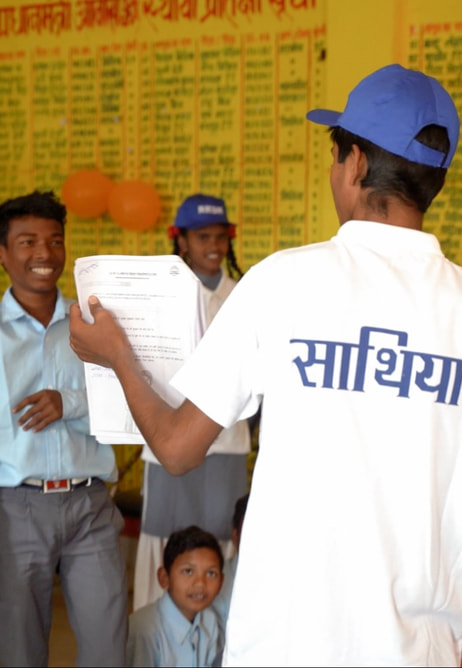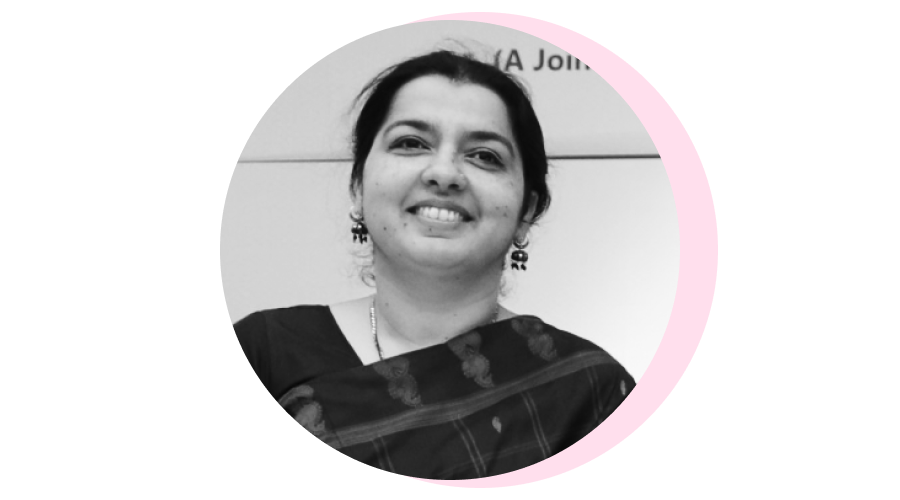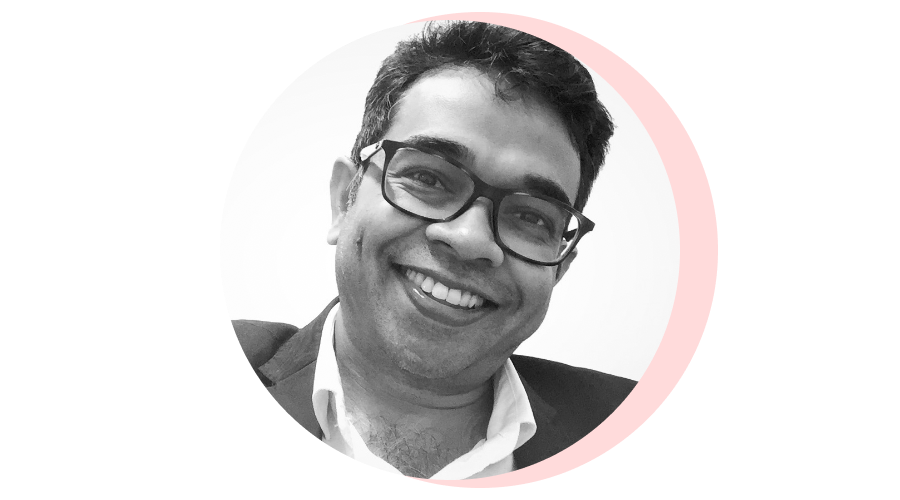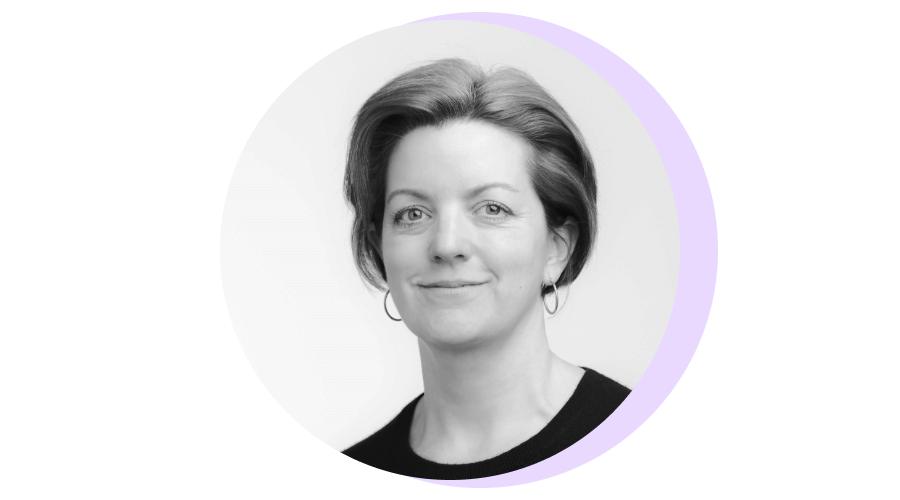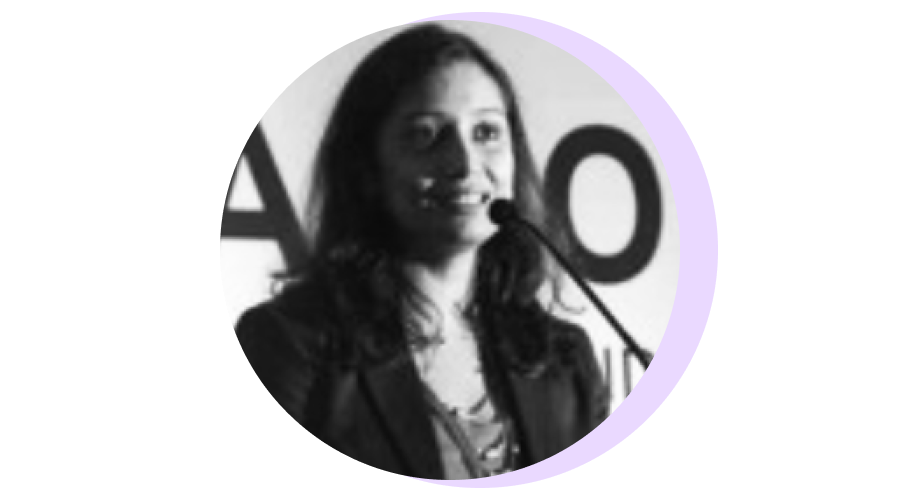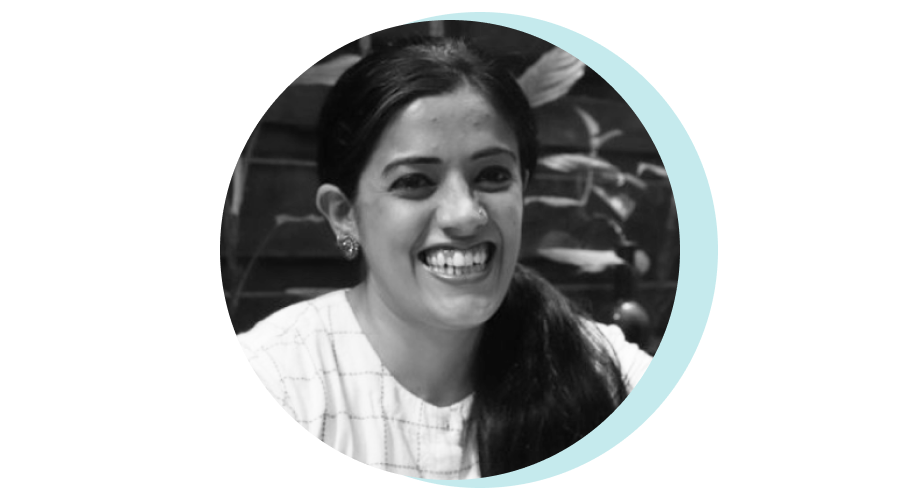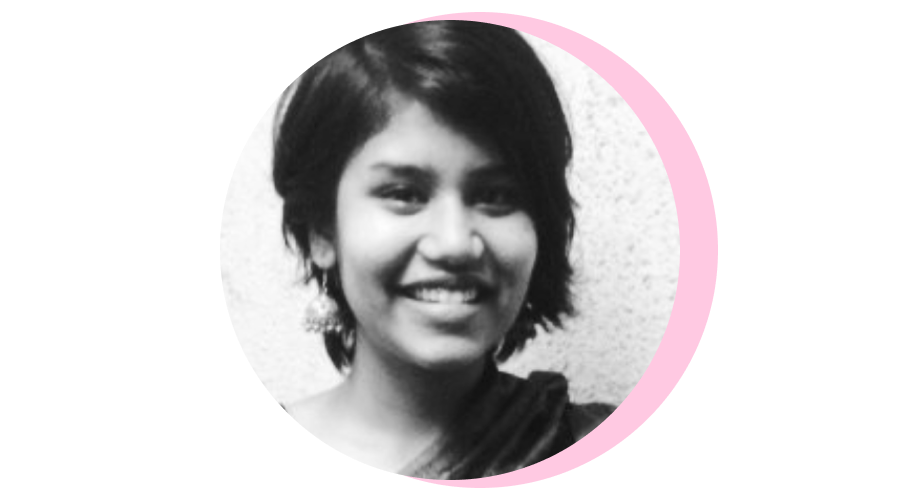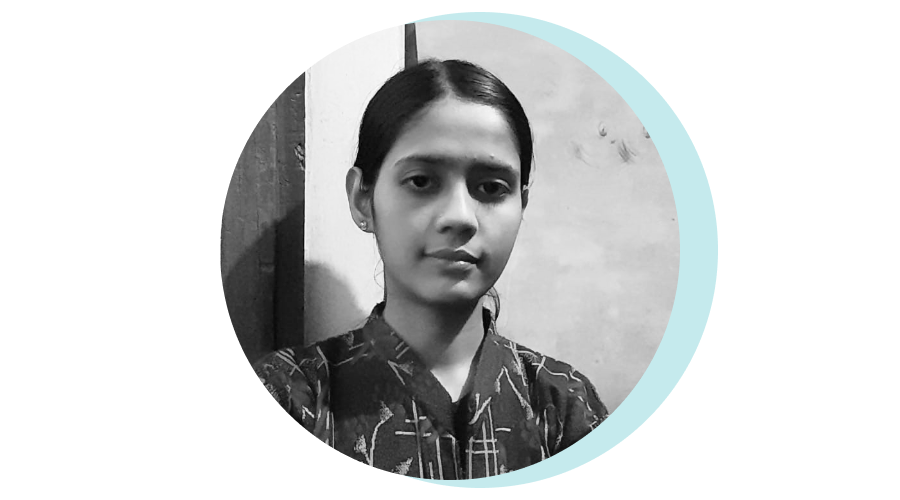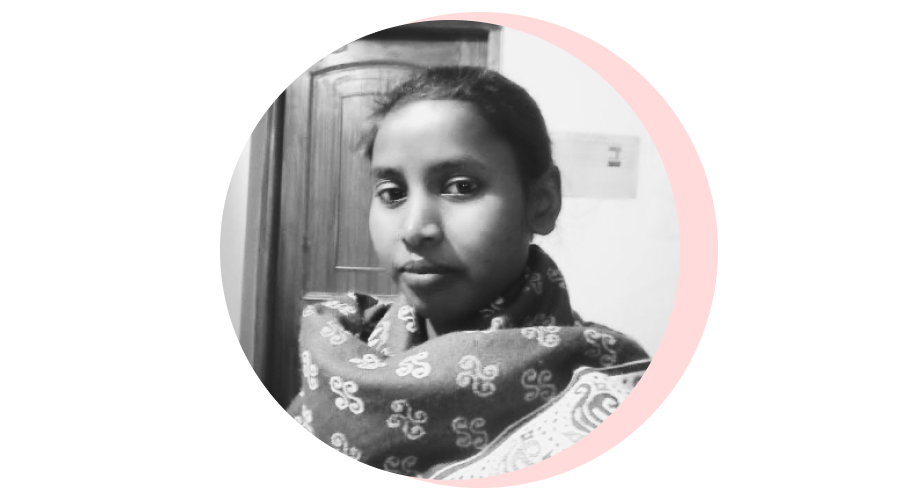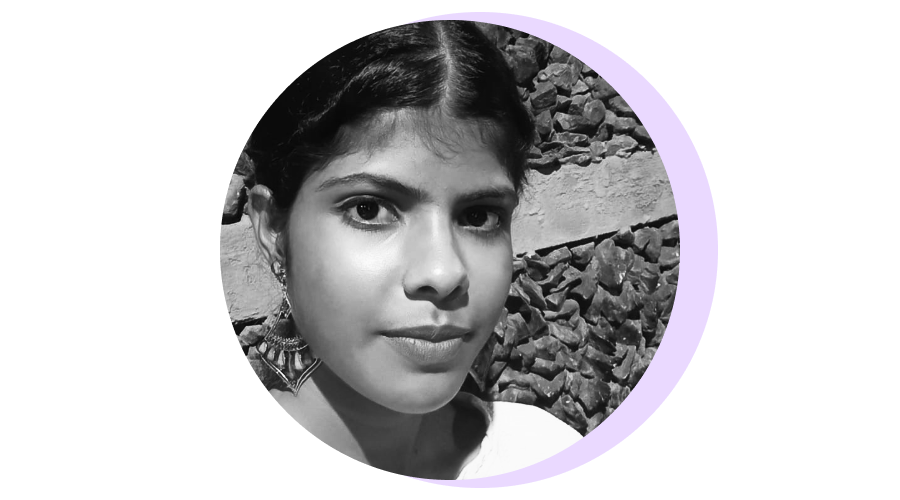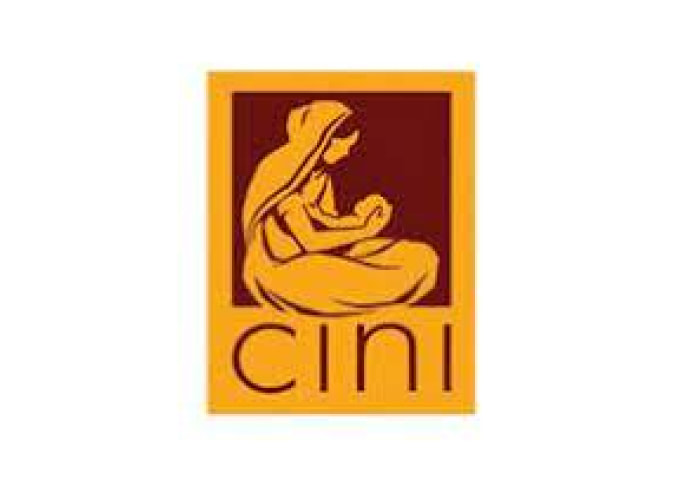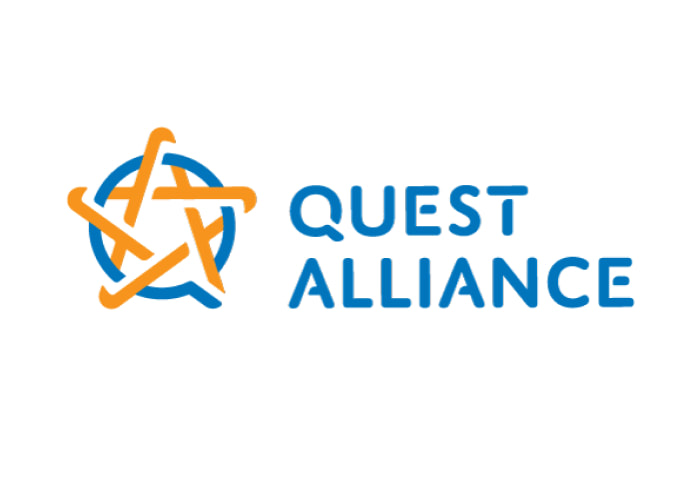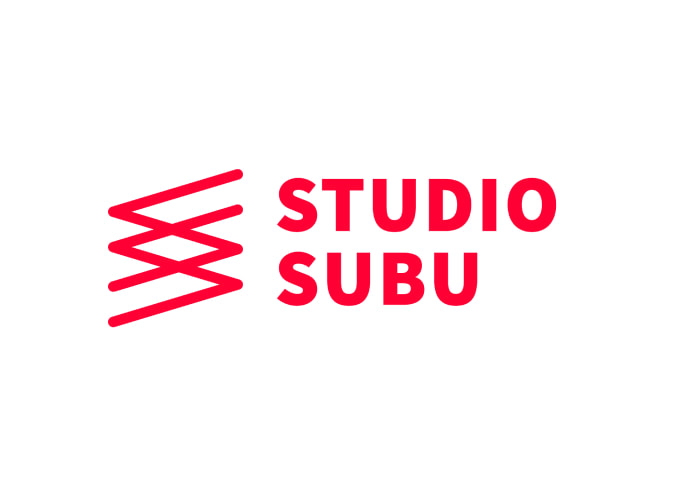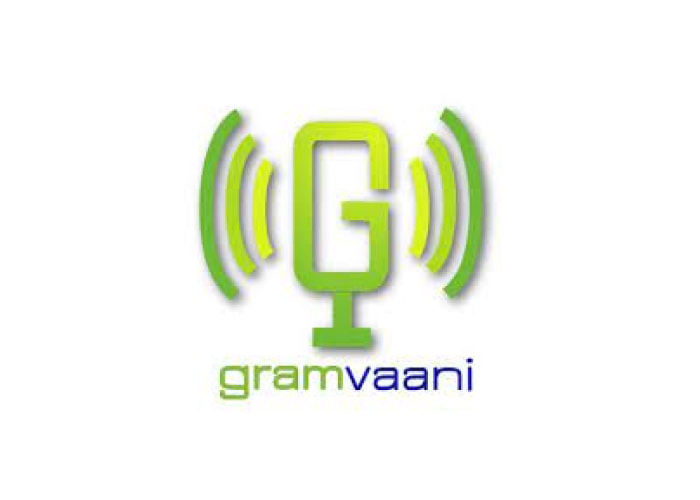Importance of youth participation in developing youth solutions |
At Dasra, through our engagements with 5M young people and over 250 youth-serving organisations we have found that working with young people can help identify the right challenges, and build relevant, desirable, agile and effective solutions.
Efforts to develop and strengthen youth programs can be significantly more effective if they are centered around the choices and motivations of young people and include young people in creating solutions that impact them. For example we have learned that young people are not very comfortable talking about sexual and reproductive health with adults (parents and/or field workers). Hence including young people to peer educate and lead programs not only hands over power but also enhances the comfort of youth participants that are part of the program. |
We have use a new transformative approach to identify and strengthen one component that has the potential to enhance the whole solution. We call it the Component Approach5 core principles of this approach
|
We demonstrated this methodology with the RKSK scheme in Jharkhand.We developed innovations in the Adolescent Health and Wellness Day (AHWD) component of the National Health Program (RKSK) in partnership with National Health Mission, Jharkhand & a set of NGOs and young people.
These are events that bring together adolescents, frontline workers and community members to provide health related services and information through sessions, workshops and counselling. We tested the innovations to AHWDs in Dumka & Simdega districts. We have collaborated with an amazing group of young people from the communities and the following implementation partners to bring this to life — CINI & Quest Alliance. |
Our Impact
Based on the intervention’s on-ground impact, one of the intervention’s biggest success indicators has been the Jharkhand Government’s official approval of the scale up of the interventions.
|
A 88% adolescents
in intervention areas reported that they could articulate their priorities to adults, compared to 25% in non-intervention areas A 100% improvement was observed with respect to quality of records & systems maintained by frontline workers at a community level, post the project's intervention. |
A 52% increase in knowledge about availability of youth friendly sexual and reproductive health services among adolescents aged 15-19 in intervention areas, compared to 41% in non-intervention areas
|
|
Our Phase 2 Report is now availableGet a quick overview of what we collectively achieved in our second round of AHWDs conducted in December ‘22.
|
Through the Ab Meri Baari Youth Solutions Project, we completed over 132 AHWD events that reached more than 12,000 adolescents in Dumka and Simdega districts of Jharkhand. We trained 250+ Peer Educators and 340+ Front Line Workers to conduct these events in the most impactful manner. |
4 ways in which we strengthened the Adolescent Health and Wellness Days (AHWDs)
1.
|
2.
|
|
3.
|
4. Redesigned the AHWD
|
We redesigned how AHWDs are conducted. We built a standardised agenda of what should be covered during these sessions - from conducting screenings, to facilitation material about the topics to be discussed, to the games being played! This supported Peer educators and Frontline workers to conduct sessions with ease, even when it came to discussing sensitive topics.
|
Our Advisory Group
|
“I am very proud to be a Peer Educator because I was one of the few girls in my village who were selected for this role. This boosted my confidence.”
Shilpa Kumari Peer Educator, Dumka |
|
“When it started they (Peer Educators) were not able to speak, but now, not only are they able to speak, they are even able to teach the other children.
I am very happy my children are able to do so much ” Bibiana Barla, ANM, Dumka |
Way Forward
We have incorporated our learnings and findings into our final recommendations to the Government, with the intention of it being scaled across state and central governments in collaboration with NGOs on ground.
We hope that this report will be useful for:
We hope that this report will be useful for:
|
NGOs to use the approach to supplement their programs by identifying solutions, showcasing their potential impact, receiving feedback to improve them, and then documenting and preparing them for scaling through government implementation.
|
Donors to use this as a tool for identifying and supporting the most promising solutions from their investment portfolios.
|
Intermediaries to us as a framework to work with NGOs, donors, and governments to facilitate rapid, cost-effective interventions that identify promising solutions with the potential for scale.
|
Contact Us
For media queries, partnerships or any other information, email: [email protected]
No user of the toolkit shall create or disseminate content that is harmful, discriminatory (on the basis of ethnicity, colour, caste, sex, sexual orientation, race, religion, disability or otherwise), obscene, pornographic, paedophilic, invasive of another's privacy, fraudulent, deceptive, threatening, harassing, defamatory, in infringement of someone else’s intellectual property or otherwise unlawful in any manner whatever. The user will be solely responsible for creating or disseminating any information or remarks which are of the foregoing nature, and such creation or dissemination will not be attributed to or associated with Dasra in any manner whatsoever.
